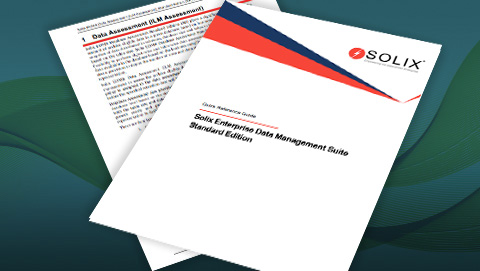Data Preparation
What is Data Preparation?
Data preparation is a crucial step in managing data, involving cleaning, transforming, and organizing raw data into a structured and usable format. This step is fundamental in data analytics, business intelligence, and machine learning workflows. Proper data preparation ensures organizations can derive meaningful insights, make informed decisions, and optimize their data-driven processes.
Key Components of Data prep
It consists of the following key components for effective data transformations while maintaining data quality and integrity
- Data Collection: Gathering raw data from databases, files, sensors, and APIs. Ensuring the collected data is relevant to the analysis objectives and accurately represents the desired population or sample.
- Data Cleaning: Identifying and handling missing values, addressing duplicates and inconsistencies, correcting errors and outliers.
- Data Transformation: Converting data types for compatibility, scaling and normalizing numerical data, encoding categorical variables. Extracting relevant features.
- Data Integration: Combining data from various sources, resolving schema and format disparities, ensuring data consistency and coherence.
- Data Organization: Structuring data for easy retrieval and analysis, establishing relationships between datasets, partitioning data for improved efficiency.
Why is Data prep Important?
This is extremely important for downstream analytics and genenrating actionable insights. Here are the following benefits:
- Improved Data Quality: Proper data wrangling enhances the overall quality of data, which is crucial for accurate analysis, enhances the accuracy and reliability of analytical results, reduces the risk of making decisions based on flawed or incomplete information.
- Enhanced Analysis With well-prepared data, analysts can more effectively explore data and uncover patterns, facilitates effective data exploration and pattern discovery, and supports the creation of more accurate predictive models.
- Time and Resource Efficiency: Investing time in data wrangling upfront can save significant time and resources later, streamlines downstream processes by providing clean and well-organized data, reduces the time spent on troubleshooting and data-related issues.
- Better Decision-Making Reliable data enables better decision-making across the organization, enables stakeholders to make informed decisions based on trustworthy data, enhances overall business intelligence and strategic planning processes.
Data preparation is a vital part of the data management lifecycle. It plays a key role in ensuring the accuracy, reliability, and usability of data for analysis and decision-making. By investing in effective data wrangling processes, organizations can unlock the full potential of their data, deriving actionable insights to drive business success.
FAQ
What are some common challenges in data preparation?
Common challenges include handling missing or inconsistent data, integrating data from disparate sources, maintaining data quality, and ensuring data privacy and security.
Can automated tools completely replace manual data preparation?
While automated tools can significantly streamline data preparation, they often cannot completely replace the need for manual intervention, especially for complex tasks that require domain expertise and contextual understanding.
Why is data cleaning considered the most critical part of data preparation?
Data cleaning is crucial because it directly impacts the accuracy and reliability of the analytical results. Clean data reduces the risk of errors and ensures that subsequent analyses and decisions are based on accurate information.





